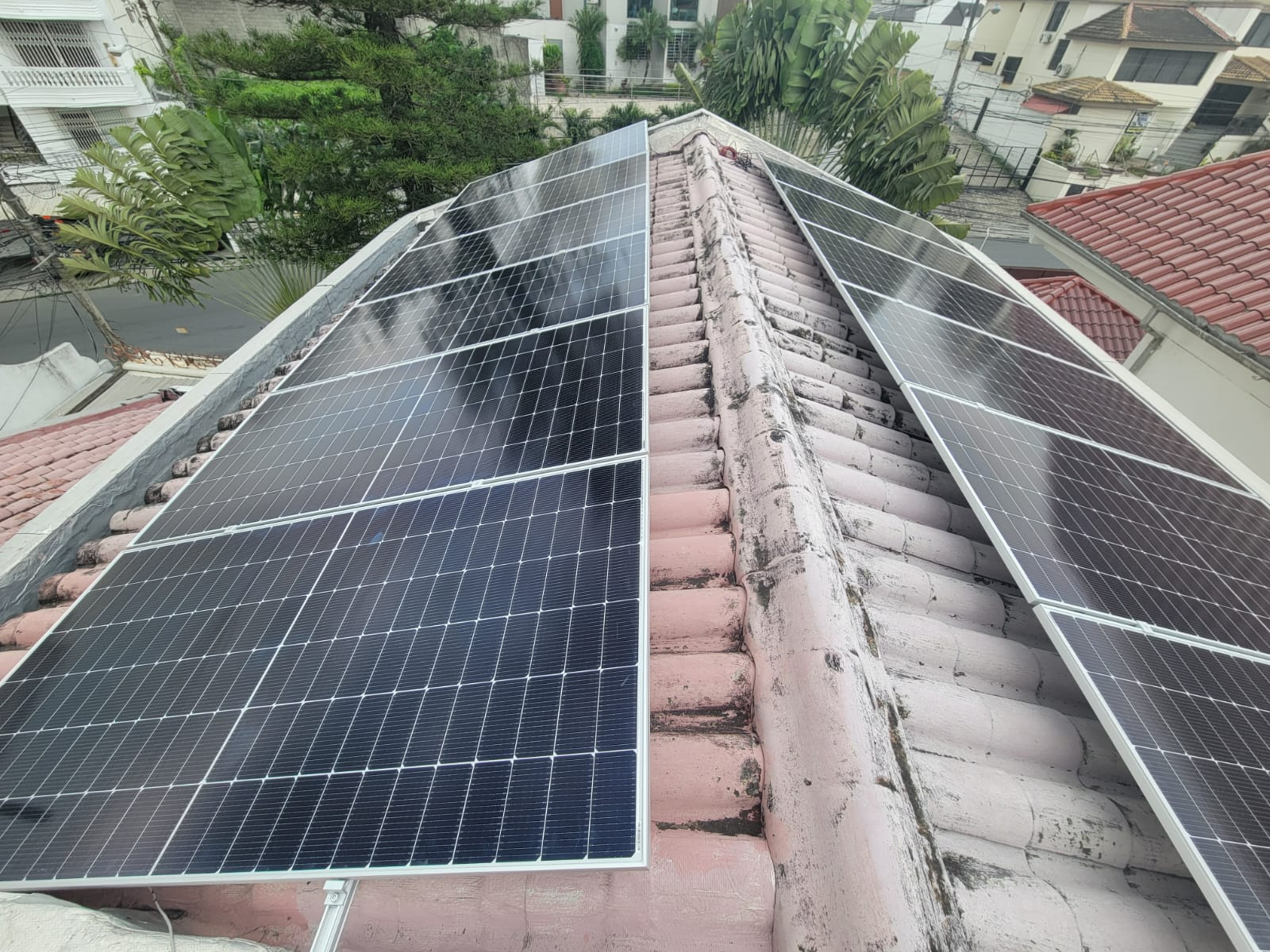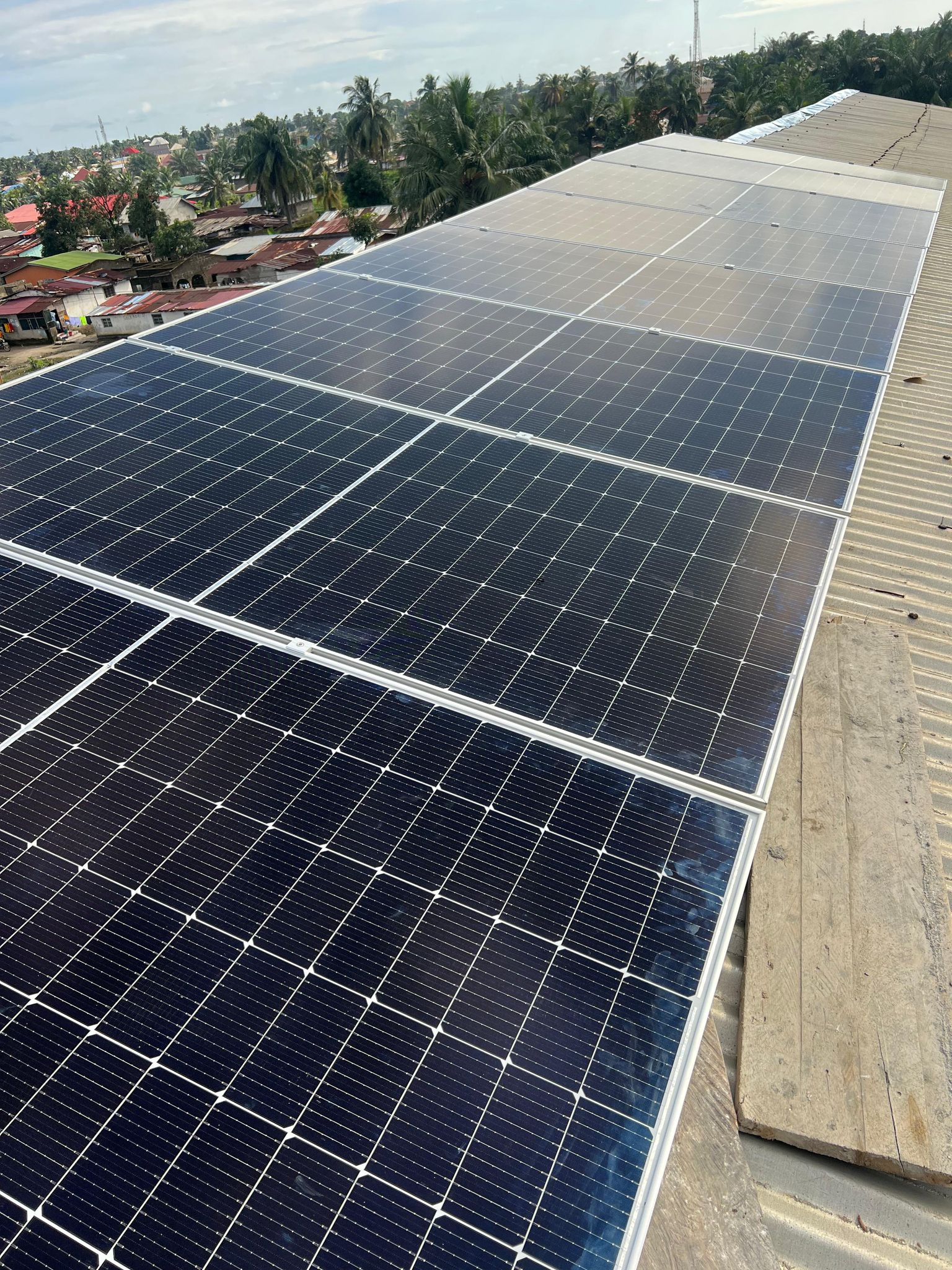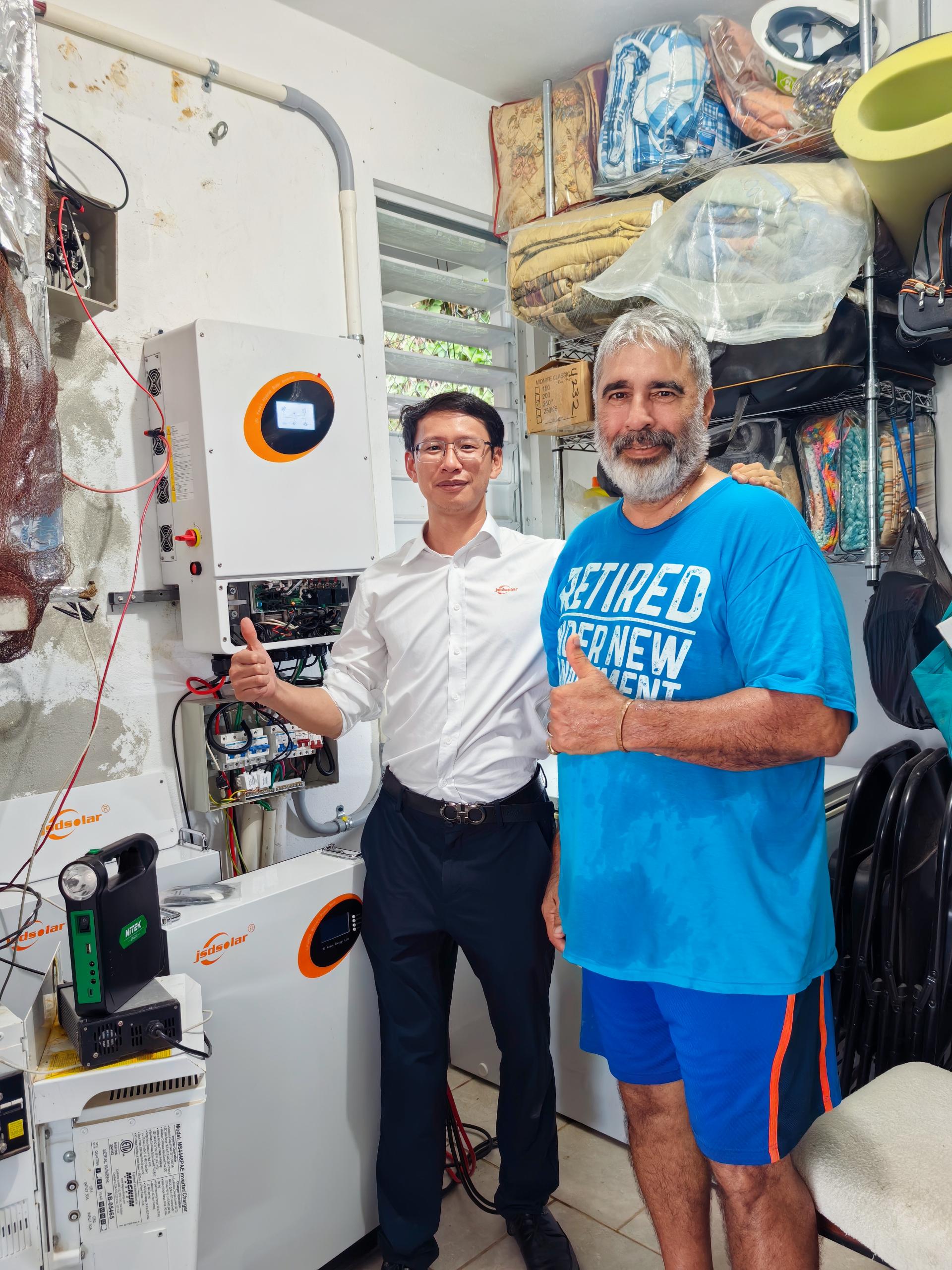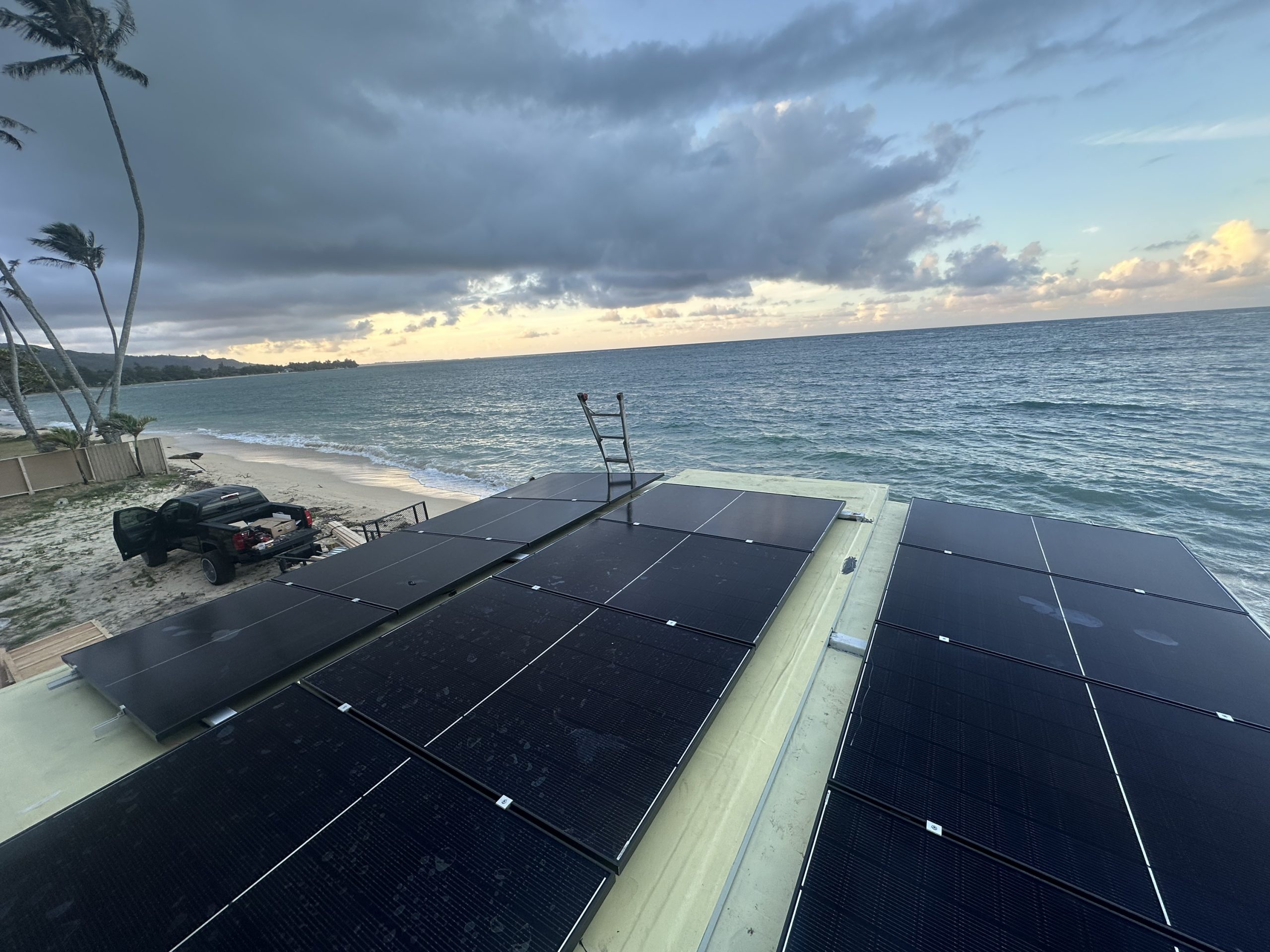Lithium batteries

LFP48300 48V 300Ah 15kWh Lithium Battery Powerwall
Long-Lasting LiFePO4 Battery | Easy Installation
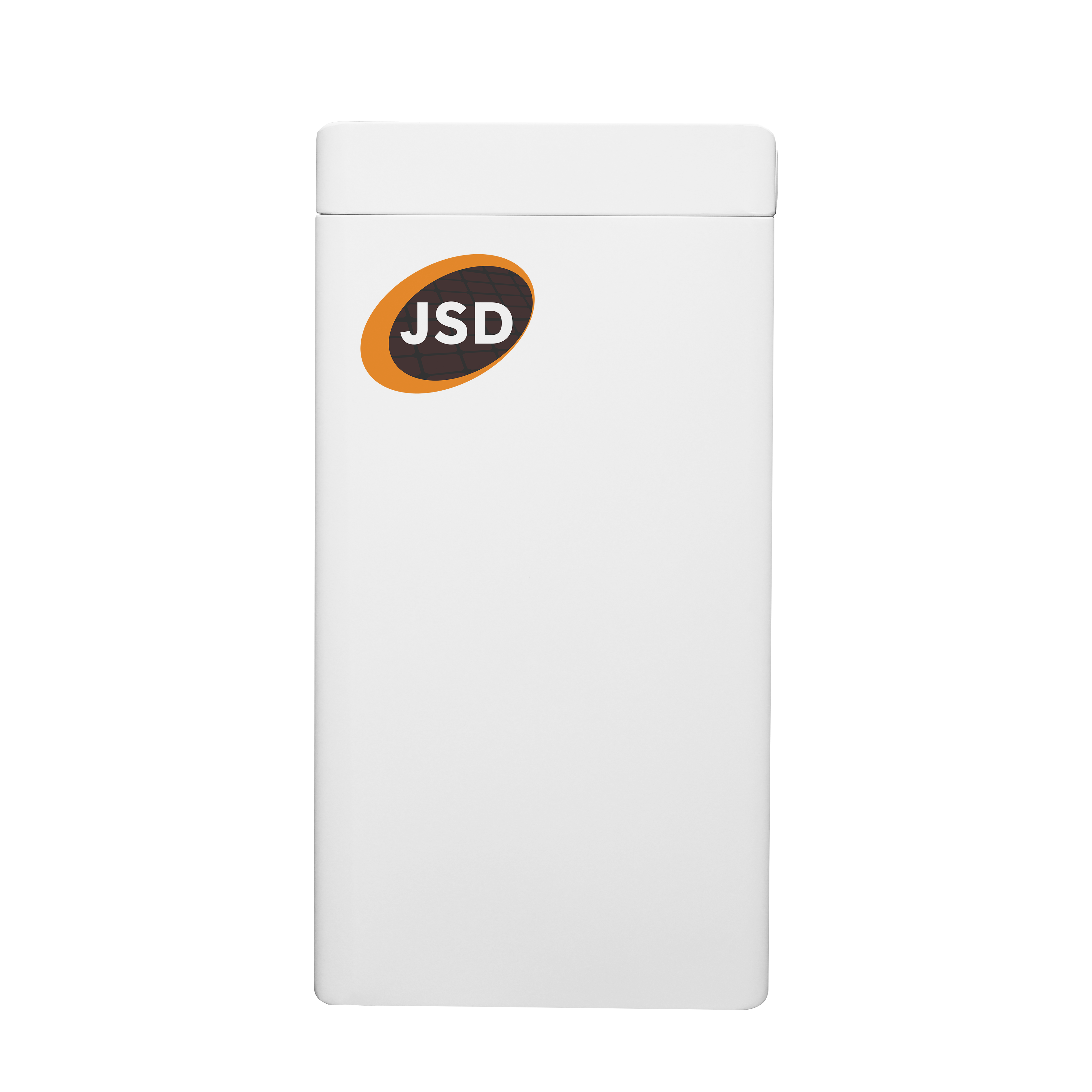
LFP48280 48V 280Ah 14.3kWh Lithium Battery Powerwall
48V 280Ah LiFePO4 Battery | High-Capacity Energy Storage with 6000+ Cycles & UL Certification

LFP48200 48V 200Ah 10kWh Lifepo4 Powerwall Battery for Energy Storage
48V 200Ah LiFePO4 Battery | 6000 Cycles | High-Capacity Grade A Cells

BG48100 48V 100Ah 5kWh Lithium Battery Powerwall for Backup
Long-Lasting LiFePO4 Battery | Easy Installation
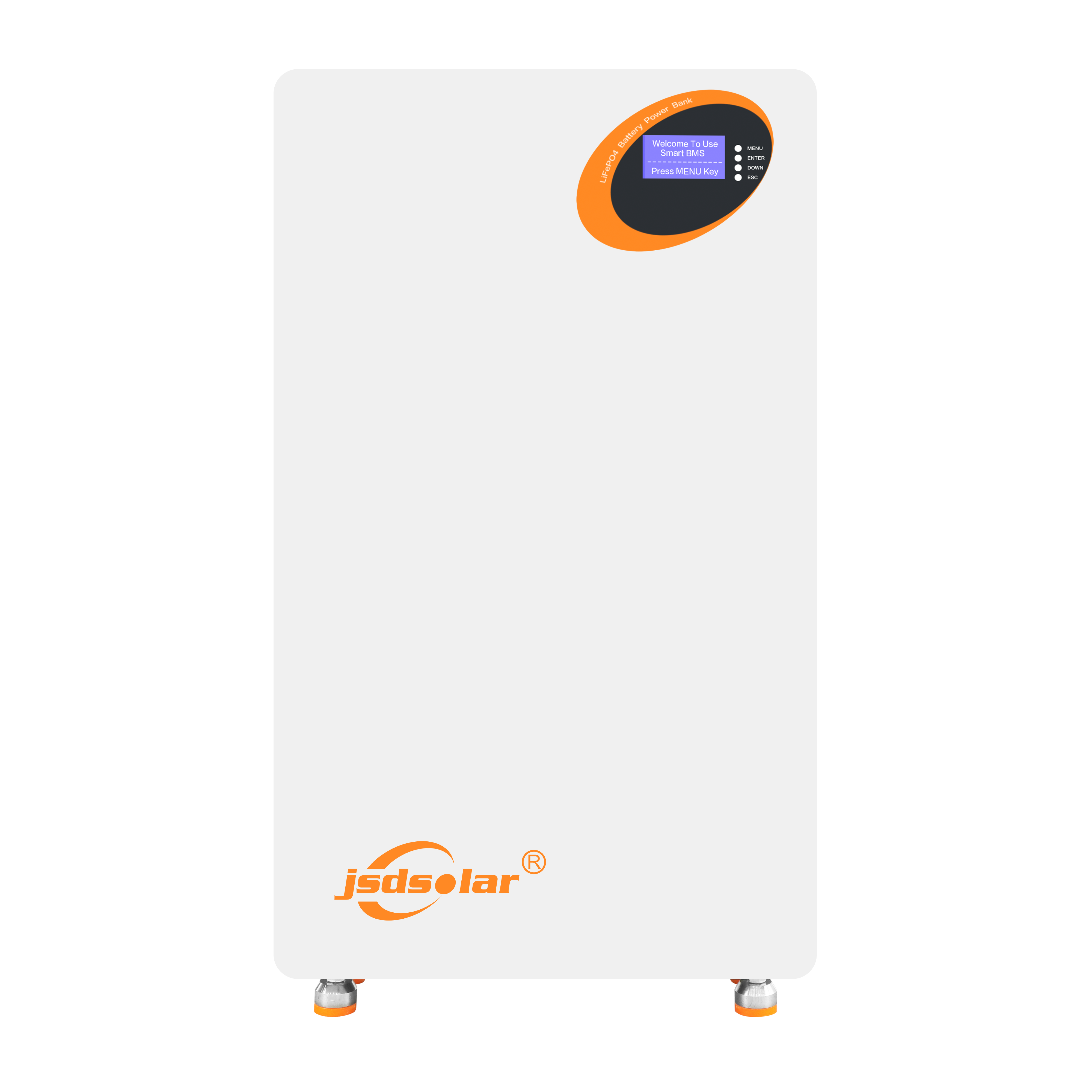
LD48200 48V 200Ah 10kWh Lithium Battery Powerwall for Backup
Long-Lasting LiFePO4 Battery | Easy Installation
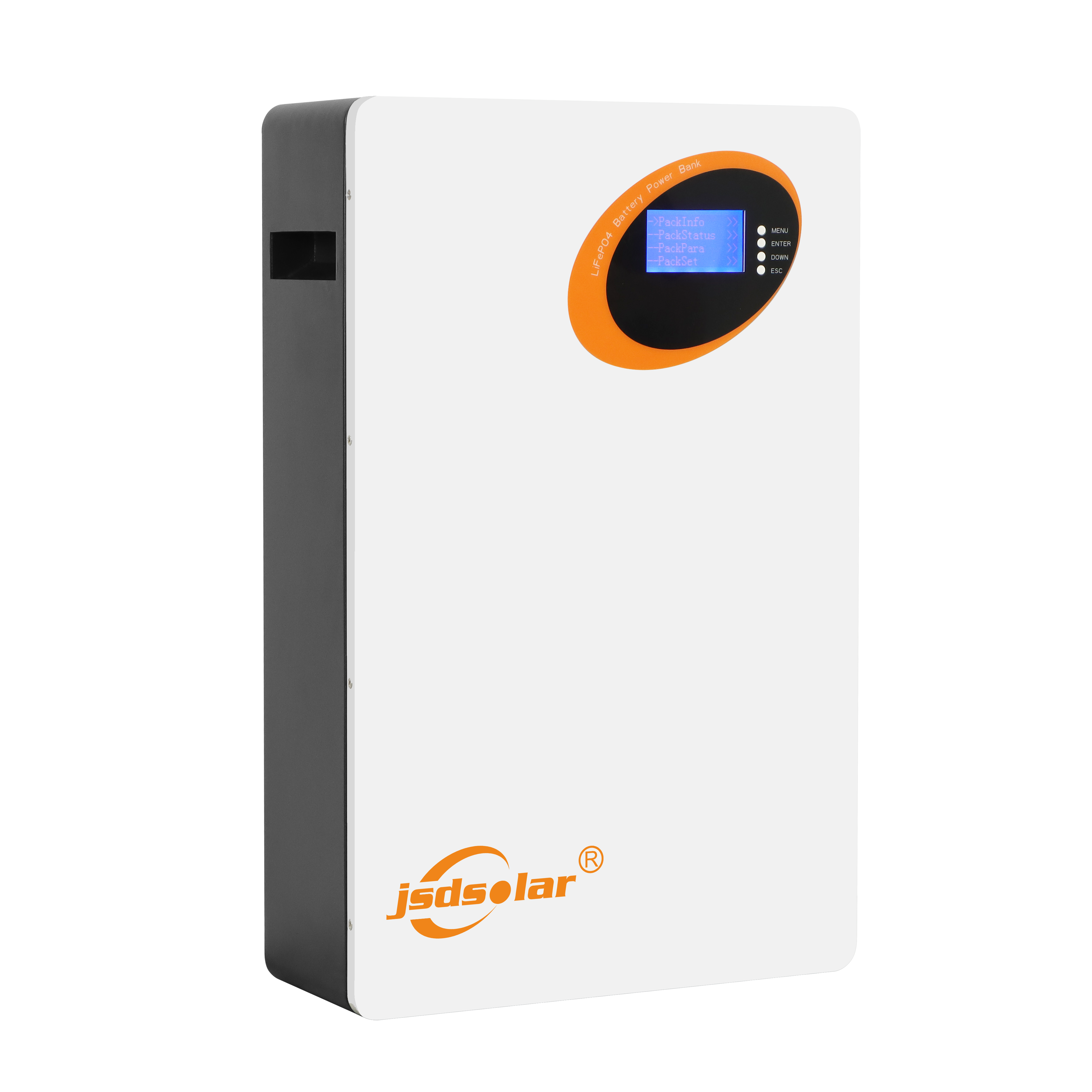
LD48100 48V 100Ah 5kWh Lithium Battery Powerwall for Backup
Long-Lasting LiFePO4 Battery | Easy Installation

LD24300 24V 300Ah 7,200Wh Lithium Battery Powerwall for Backup
Long-Lasting LiFePO4 Battery | Easy Installation
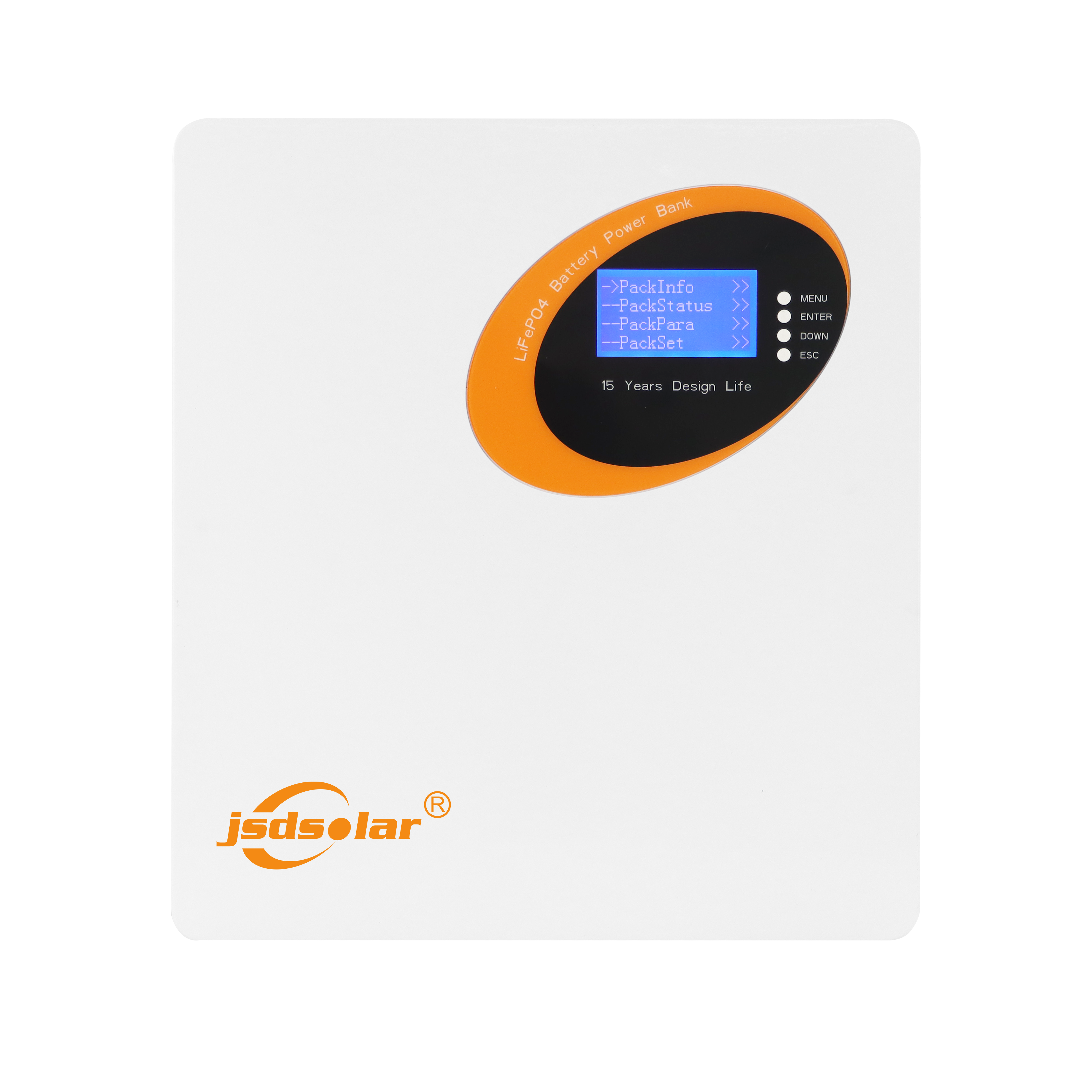
LD24100 24V 100Ah 2,400Wh Lithium Battery Powerwall for Backup
Universal Inverter Compatibility | 2.5KWh LiFePO4 | Space-Saving Wall Design

24V 100Ah Lithium Iron Phosphate Battery Pack
Rechagebale LiFePO4 Battery | Lithium Battery Pack | 24v battery

12V 200Ah Lithium Iron Phosphate Battery Pack
Rechagebale LiFePO4 Battery | Lithium Battery Pack | 12v battery

12V 100Ah Lithium Battery Pack
Rechagebale LiFePO4 Battery | Lithium Battery Pack | 12v battery
Overview
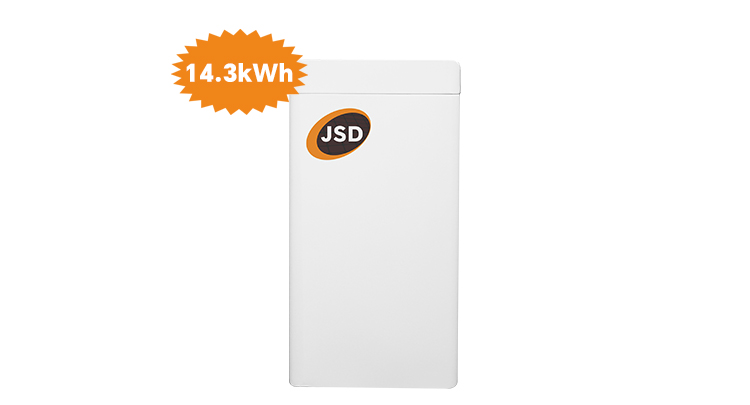
Why Choose Lithium-Ion Batteries Over Lead-Acid? Lithium-ion batteries dominate modern energy solutions across the Caribbean, offering unmatched efficiency and reliability. With 3-5x higher energy density (250-300 Wh/kg) than lead-acid batteries, they deliver longer runtime in compact designs—ideal for solar systems, marine applications, and tropical climates. Their lifespan exceeds 3,000 cycles, lasting 8-10 years versus lead-acid’s 1-1.5 years, reducing long-term costs and waste. Key advantages include minimal self-discharge (10% monthly), ensuring readiness during power outages, and wide temperature tolerance (-25°C to 45°C), critical for Caribbean heat. Unlike lead-acid, lithium-ion batteries charge faster (80% in 1C charging), require no maintenance, and eliminate toxic metals like lead, aligning with eco-conscious initiatives. Upgrade to lithium-ion for sustainable, high-performance power that thrives in demanding environments.
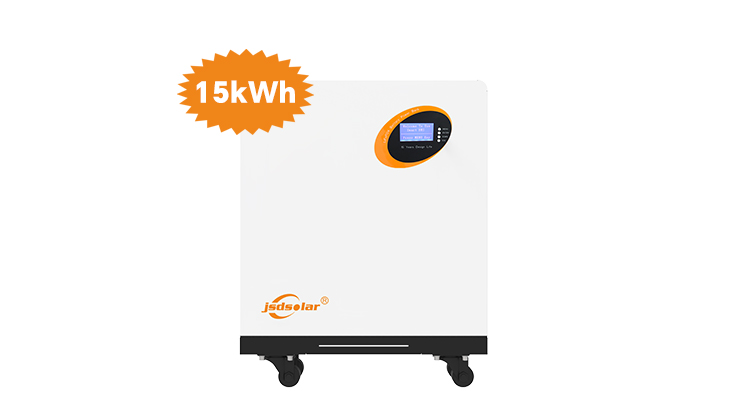
How to Identify Quality Lithium-Ion Batteries & Ensure Compatibility with Home Systems? Selecting reliable lithium-ion batteries requires evaluating key performance indicators. Begin by inspecting the battery’s physical integrity—smooth casing, undamaged terminals, and clear labeling indicate quality manufacturing. Measure voltage stability (≥3.7V) and internal resistance (ideally <50mΩ) using a multimeter; consistent values under load signal durability. Verify capacity through professional testing tools to ensure alignment with labeled specifications. For compatibility with inverters and appliances, prioritize batteries with voltage matching your system’s requirements (e.g., 12V/24V). Check sustained discharge rates to handle peak household loads and confirm built-in protection against overcharge, overheating, or short circuits. Opt for brands with international safety certifications (e.g., UL, CE) and validated user reviews for long-term reliability in tropical climates. Prioritize batteries with modular designs for scalable energy storage, ensuring seamless integration into existing setups. Sealed lead-acid batteries Lithium batteries

How to Choose a Solar Battery Backup System for Your Home






